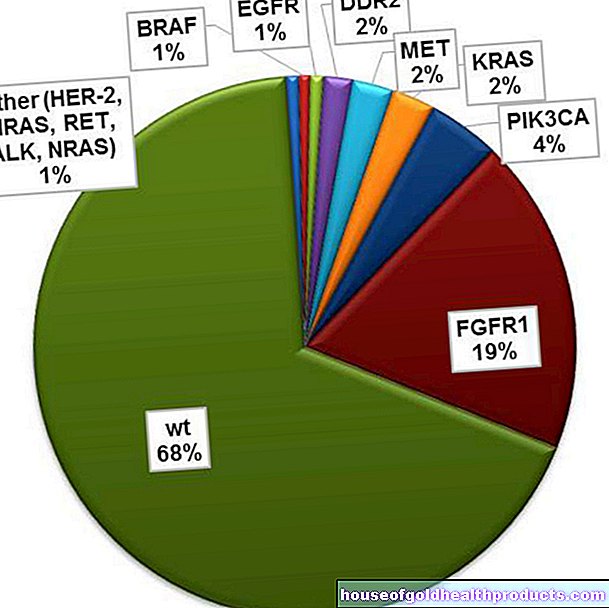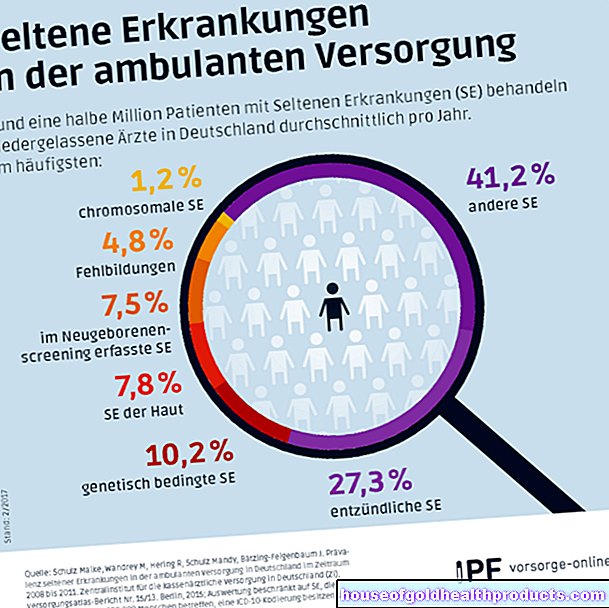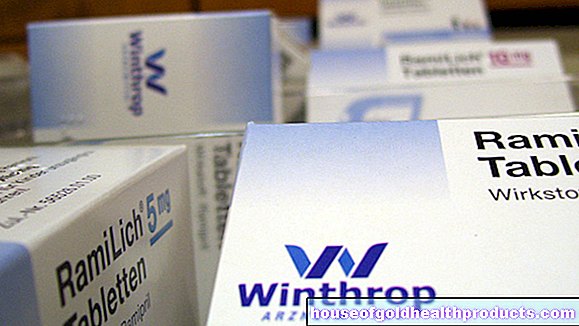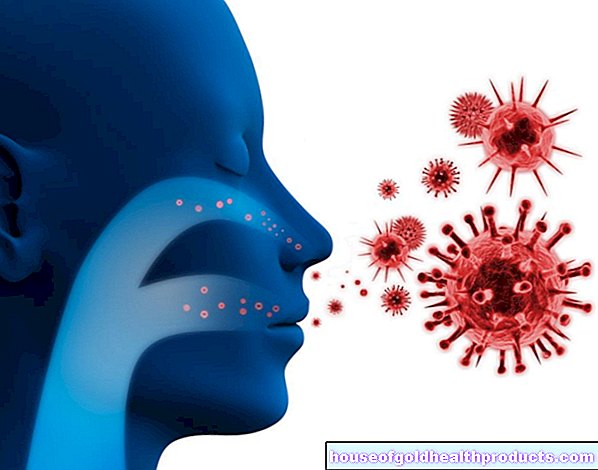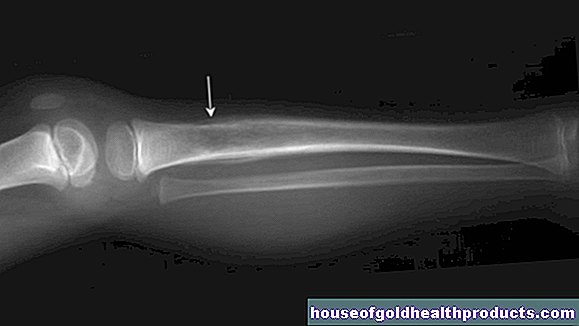Ischgl: 42 percent infection rate
Hanna Helder studied German language and literature at the Albert Ludwig University in Freiburg. In addition to her studies, she has gained a lot of experience in radio and print journalism through internships and freelance work. She has been at the Burda School of Journalism since October 2018 and writes, among other things, as a trainee for
More about the experts All content is checked by medical journalists.The number illustrates the extent of the infection in the Austrian ski resort of Ischgl: 42.4 percent of the participants in a study had the coronavirus - the highest value published to date worldwide.
A new study provides explosive material on the role of the Austrian Ischgl in the spread of the coronavirus in Europe. According to the Medical University of Innsbruck, 42.4 percent of the citizens tested in a comprehensive study developed antibodies to Sars-CoV-2.
This is the highest value published worldwide, said the director of the Institute of Virology, Dorothee von Laer, on Thursday in Innsbruck. Around 80 percent of the Ischgl population took part in the study. 1473 subjects were examined between April 21 and 27.
Nowhere else such high values
For comparison: In one of the first corona hotspots in Germany, Gangelt in the Heinsberg district, according to a study carried out at the beginning of April, a good 15 percent of the residents were infected or had already been infected.
According to the information from Innsbruck, comparable studies for Val Gardena in South Tyrol showed values of 27 percent and for Geneva of ten percent. Antibodies in the blood are considered evidence of an infection.
Focal point of expansion
Ischgl, with its après-ski bars, is a focal point for the spread of the coronavirus in Austria and parts of Europe. According to the Austrian authorities, at times 40 percent of all domestic cases were due to Ischgl. Many German tourists are also convinced that they have been infected in Ischgl.
A commission in the state of Tyrol is now supposed to scrutinize the heavily criticized crisis management. The Paznaun Valley with the towns of Ischgl and Galtür was quarantined on March 13th. From the point of view of critics and those affected, this step should have been taken earlier.
85 percent went unnoticed
It is noticeable that of the people who tested positive for antibodies, only 15 percent had previously received the diagnosis of being infected, said von Laer. "85 percent of those who went through the infection didn't notice it."
Despite the high antibody level, herd immunity was not achieved in Ischgl either. According to experts, an infection rate of 60 percent is necessary for this. The quarantine and social distance were decisive for the later decline in infections, it said.
The study proves that the Sars-CoV-2 virus must have been widespread in Ischgl as early as February, as it had become massively infected with tourists, but also with locals, explained Peter Kolba from the consumer protection association (VSV).
If tests had been carried out in good time for even unclear symptoms, the authorities would have had to act earlier. "That would have saved thousands of tourists from infection with sometimes serious consequences," said Kolba. In addition, there are all those who in turn were infected with them. (hh / dpa)




